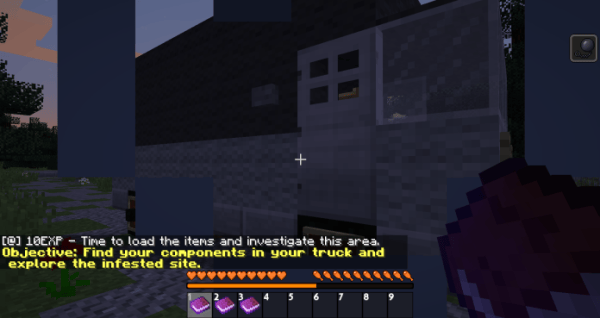

Using waveform LiDAR data to measure the three-dimensional nature of the urban greenspace, we explore different ways of virtually, and tangibly engaging with volumetric models describing the 3D distribution of urban vegetation.

While urban planners and human geographers are conversant with methodologies for describing and exploring the volumetric nature of built spaces there is less research that has developed imaginative ways of visualising the complex spatial and volumetric structure of urban vegetation from the treetops to the ground.

The distribution of vegetation within urban zones is well understood to be important for delivery of a range of ecosystem services.


 0 kommentar(er)
0 kommentar(er)
